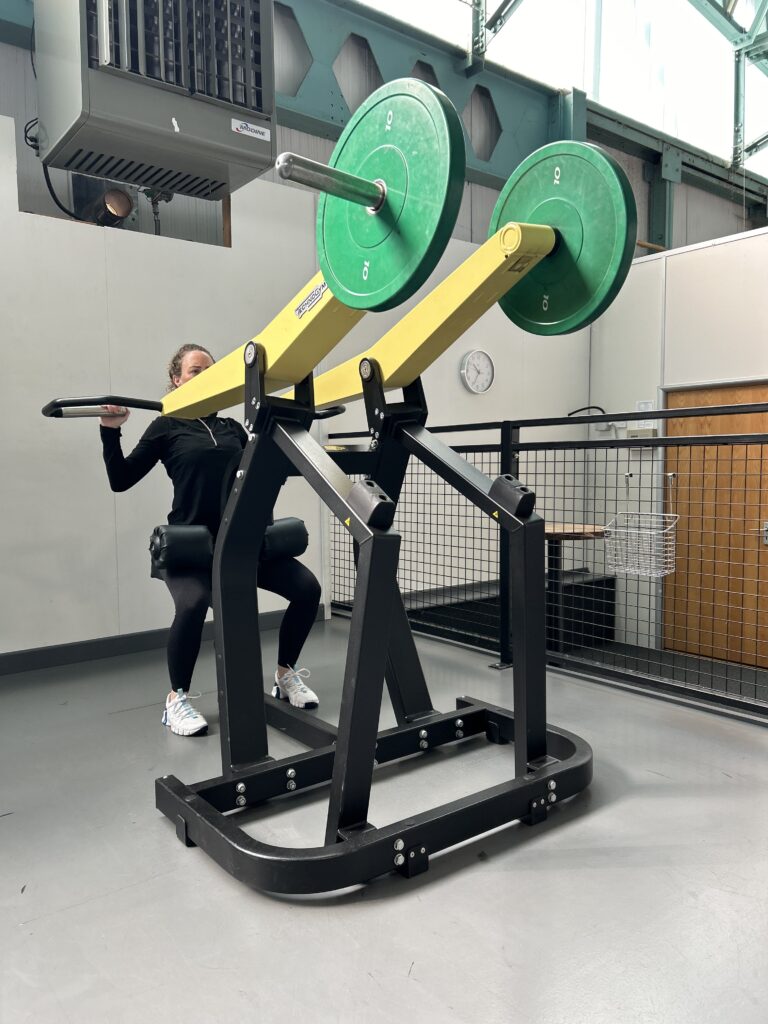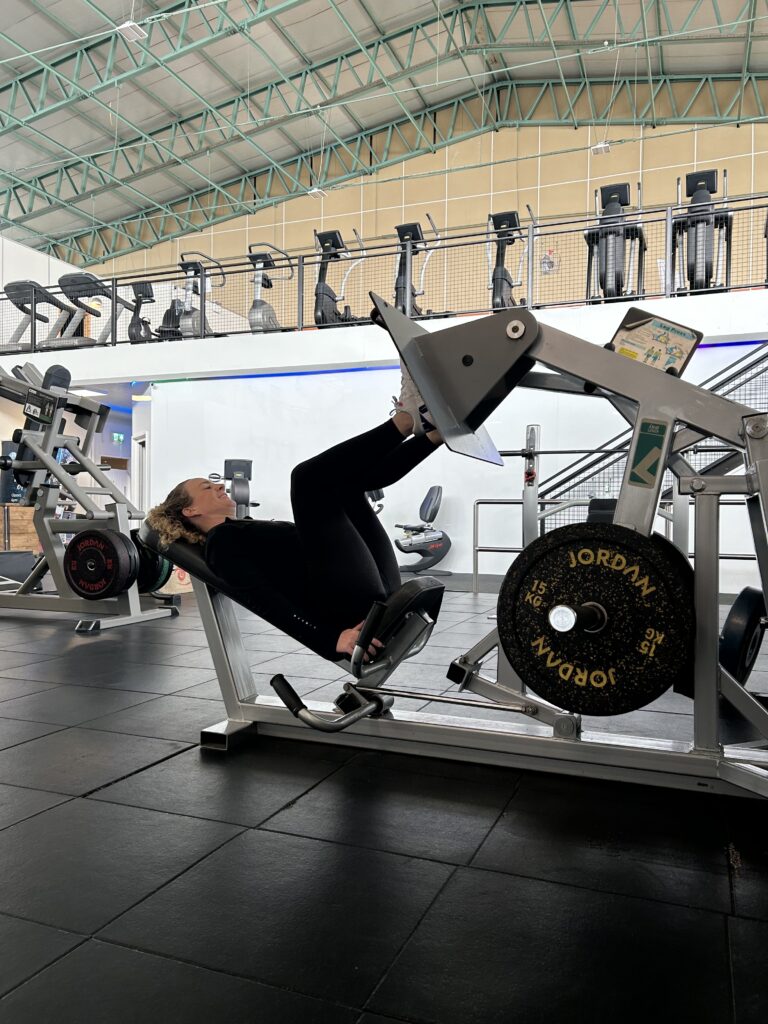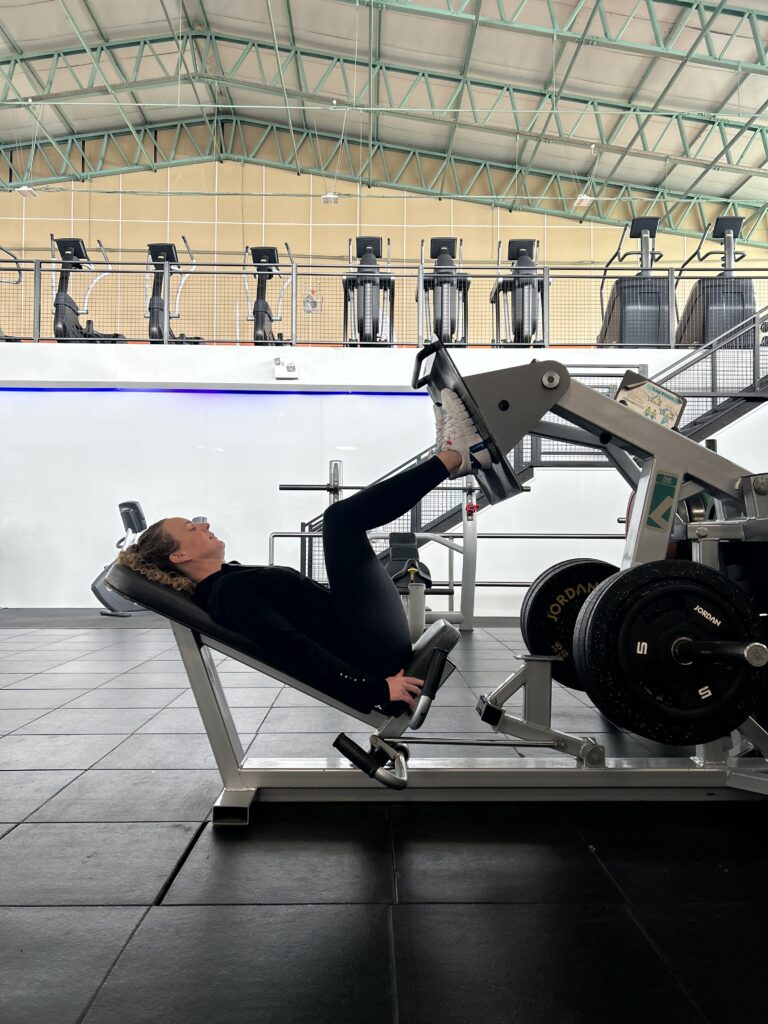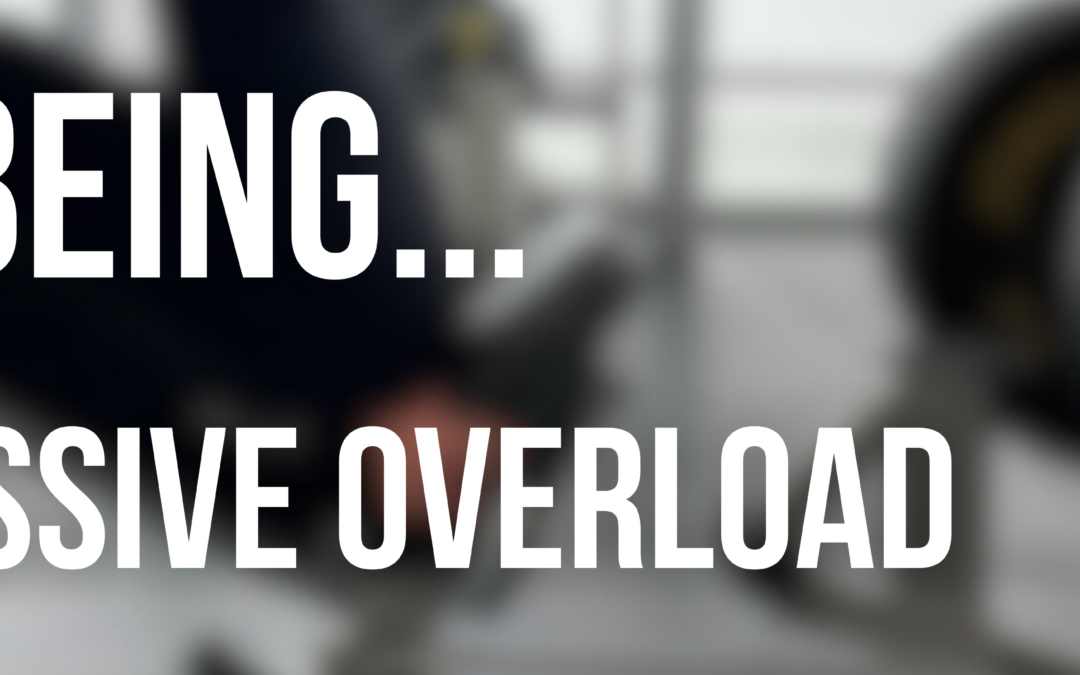What is progressive overload?
Progressive overload is used in resistance training by increasing the time, weight or intensity of an exercise and without this, you will find muscle growth will plateau. This should be kept within 10% or less each week to allow for gradual adaptation and to minimise the risk of injury. With consistent training the body will adapt to these progressions and meet the demands of the stress placed upon it.
Why do you need to progressive overload?
Like with most exercise, the body gets used to what it’s doing, meaning sets and reps become less difficult to complete. This is when the progressive overload comes in by increasing repetitions, intensity, timing, or distance to increase the demand on the muscle.
If you were doing an exercise for 3 sets of 12 repetitions but you can now perform 15+ repetitions, you could increase the weight by 5/10% so you can get 8-10 repetitions with good form.


How does overload work?
Three mechanisms of building muscle through strength hypertrophy are metabolic damage, muscle tension and exercise induced muscle damage. With progressive overload you are focusing on the muscle tension variable, by increasing the load and causing adaptation in force output of the muscle over time.
It’s important to know when to increase, as you need to keep good form of the exercise. Increasing the load when not required will only result in poor form and potential injury.
Progressive overload is something that happens over time and it won’t be something that you do every session. You may increase the load every 2-4 weeks as the body adapts to the training intensity and exercise. Another variable you can add is more working sets.
By increasing working set volume from 3 to 4/5 sets over time you can challenge your strength and endurance in addition to hypertrophy. For example, by set 4 you may no longer be able to perform reps beyond 8-12 reps, keeping them more within the strength hypertrophy range.


Who should overload?
Anybody that does resistance training should go through some form of progression over time. It’s not about adding lots of weight every time, but small increases to avoid plateaus. The demand on neuromuscular systems should be continually challenged over time to create necessary adaptations.
You can go through what we call a ‘de-loading’ phase which allows your body to recover before going through another ‘progressive’ stage.
Progressions are a continuum that is based on your performance, injury avoidance and goals.
Blog by Kim Sevier – Personal Trainer

